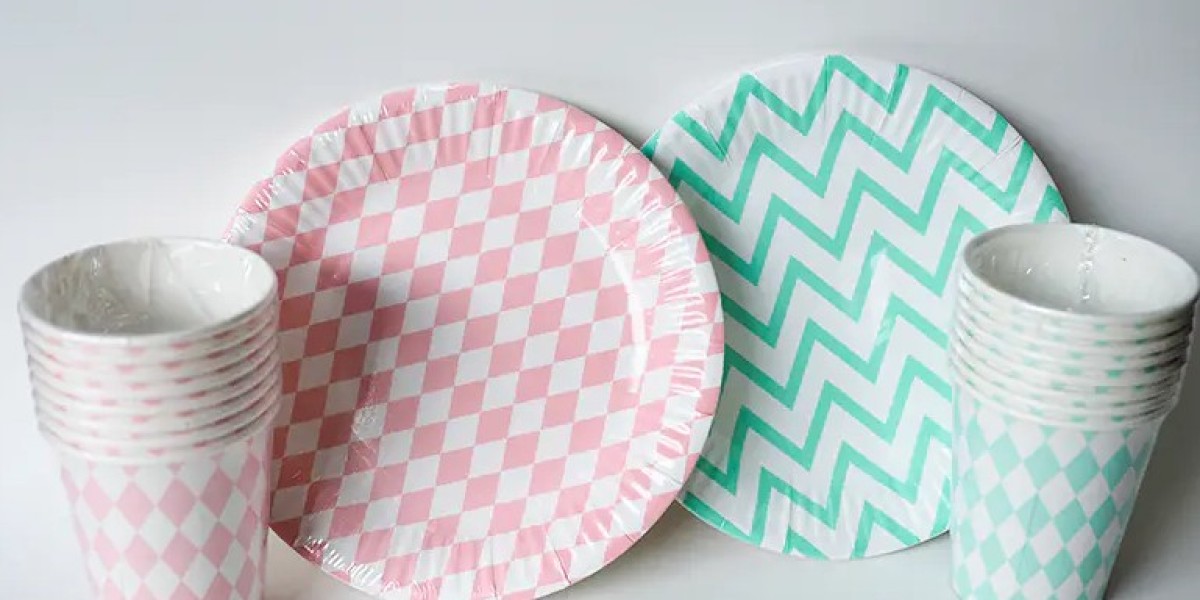The performance of disposable paper plates in humid or damp environments is an important concern for both manufacturers and consumers. These plates are often used at outdoor events, parties, or in regions with high humidity, which raises the question of whether they can maintain their structural integrity when exposed to moisture in the air or direct contact with liquids. Since paper is naturally porous and absorbent, the tendency for disposable paper plates to deform under such conditions largely depends on the materials used, the design of the product, and any surface treatments applied during manufacturing.
Many disposable paper plates are constructed using molded pulp or pressed paperboard. While these materials provide adequate strength under dry conditions, they can begin to soften, warp, or sag if exposed to high levels of humidity or moisture. This deformation can make the plate unstable, causing it to bend under the weight of food or even collapse altogether. To counter this problem, manufacturers often add a thin waterproof or grease-resistant coating to the surface of the plates. This coating, which may be made from polyethylene, wax, or biodegradable alternatives like PLA, helps block moisture absorption and preserves the plate’s shape even in damp environments.
However, not all paper plates include this protective layer. Some products are intentionally left uncoated to enhance their compostability and appeal to environmentally conscious consumers. While these uncoated plates are more sustainable, they are also more vulnerable to deformation when used in wet or humid settings. For example, storing such plates in a humid kitchen or using them to serve moist or greasy foods could lead to a significant loss of firmness within minutes. This limitation highlights the need for consumers to carefully consider the intended use and environmental conditions when choosing between coated and uncoated disposable paper plates.
From a production perspective, the ability of a paper plate to resist deformation in humid conditions is partially influenced by how well it is shaped and finished during manufacturing. Machines like the Disposable Paper Plates Saw Machine, though primarily involved in cutting and forming processes, play a supporting role in quality control. Plates that are accurately cut and consistently formed are less likely to have weak points or uneven surfaces where moisture can concentrate and cause warping. The precision and stability provided by modern machinery, including the Disposable Paper Plates Saw Machine, contribute to the overall resilience of the final product, even if the machine itself is not directly responsible for water resistance.
Ultimately, the risk of deformation in humid environments remains a challenge for disposable paper plates, especially for those that prioritize eco-friendliness over moisture resistance. Manufacturers are responding by developing innovative coatings and more absorbent-resistant materials that balance durability with biodegradability. In the meantime, users should store their paper plates in dry conditions and opt for coated variants when expecting exposure to humidity or wet foods. The ability to withstand environmental moisture not only determines the practical performance of disposable paper plates but also affects the user's experience, particularly during events where presentation and reliability are important. As the industry continues to improve production standards and material technologies, including better integration with tools such as the Disposable Paper Plates Saw Machine, the goal remains to produce plates that are both sustainable and structurally dependable under a variety of conditions.








